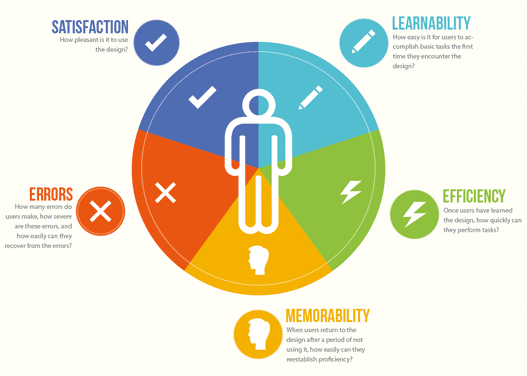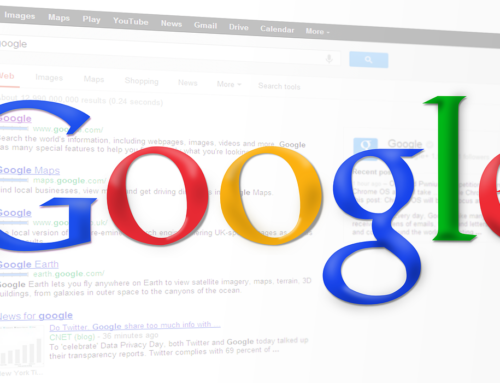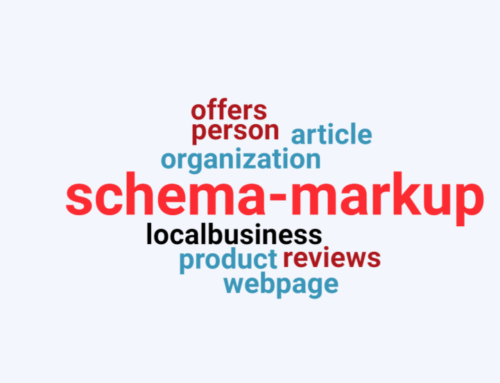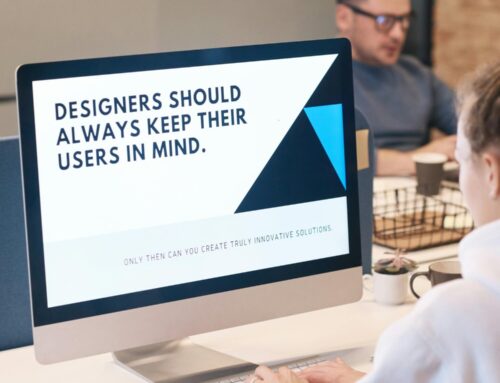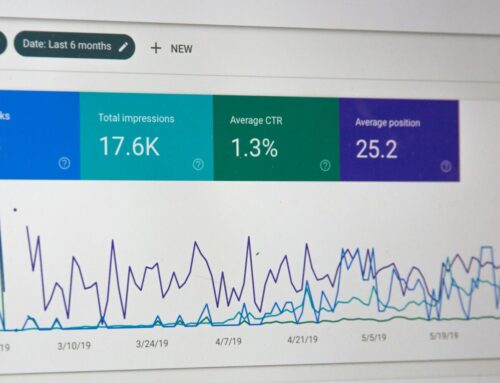Search Engine Optimization, or SEO, is at its very core, getting your website to show up first when someone is looking for you or something relevant to you.
If you own a bakery in Boston, you want to be sure your website appears when someone searches for “Bakery” or “cakes” or “cupcakes” in Boston right? There are many tips and tricks that will help the various engines find your site and rank you according to their perceived value of your information, and we will talk about those in depth in another post. However, there is something more basic that needs to be covered first, and that is Usability.
Why is Usability Important?
It’s easier to understand how Usability relates to Search Engine Optimization when you change your frame of reference. Instead of thinking about SEO in terms of Google or Bing, rather think about it this way. SEO is optimizing your website for people who use search engines instead of for the search engine itself. When considered in those terms, the User Experience becomes of paramount importance. How is one to gain increased search relevance if the User, the Searcher as it were, can’t find the information they are seeking? That answer is fairly straightforward, it’s all about Usability.
5 Components of Usability
There are five basic elements of Usability that factor into SEO.
Simply put, learnability is the measurement of how easily a new visitor to your site can accomplish their task. If the visitor struggles to find information, or stumbles in the purchasing process, then your learnability is lower. And if that causes the visitor to leave without accomplishing their task the impact can be significant.
- Efficiency
The Efficiency of the site is determined by the amount of time it takes a visitor to perform their task after learning the website. Is that person still stumbling through a process? Or perhaps they have an unnecessary number of clicks required to get to the information they seek? All of these will hinder the User Experience and negatively impact SEO.
- Memorability
We all have those sites we visit regularly, but those visits may be separated by months or more for various reasons. People only buy seeds before the growing season, and only seem to need holiday decorations in the last quarter. How quickly the visitor can re-establish proficiency with your website is your Memorability. Infrequent changes and intuitive design structure will both keep this time low and the resultant score high.
- Errors
How often are your visitors making slips or mistakes? Slips are simple things like clicking the wrong radio button for size. Mistakes are actions that are inappropriate to task completion, like putting an arrival date before a departure date or trying to input purchase information into a Contact Us field. Both slips and mistakes can and should be addressed to make the process as streamlined as possible for the visitor to increase overall Usability.
- Satisfaction
Does your visitor find the design pleasant? Jarring colors, poor layout and insufficient font size can all negatively impact visitor satisfaction. If you don’t like how it looks your visitor probably doesn’t either. Change it.
There are many methods used to evaluate each component and you can find out more about them here. Perfecting these elements of the Usability will not only increase your SEO, but you will also find that a more Usable site will result in greater captures and conversion. And that’s not only good for your SEO, it’s good for the bottom line.

